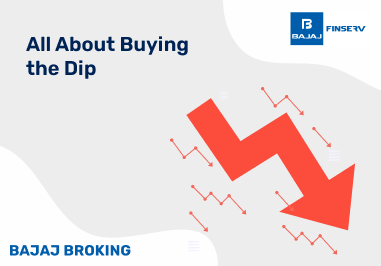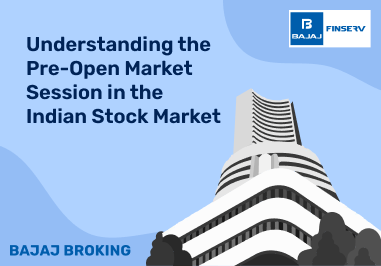Be Aware of Buy and Hold strategy in the Stock Market
Meaning of “Buy”
Investors may carefully select their entry and exit points while preparing a trading strategy. An investor typically buys a stock when there is room for an upward movement. Buy meaning in the stock market is to initiate a position at the appropriate entry point. On the other hand, Hold meaning is to retain the current position in the markets. The buy and hold strategy is used extensively in passive investing, where investors buy and hold stocks for an extended duration, irrespective of market fluctuations.
However, there might be situations where shares are not delivered on time or may not be credited to the buyer’s account altogether. Such cases may result in a buy-in wherein the buyer has to repurchase the shares through an auction process. Let us dig deep into how buy-in works and what forced buy-in means.
The Difference Between a Buy-In and a Forced Buy-In
The terms buy-in and forced buy-in might sound similar. However, the two have vastly different meanings. Let us understand in detail how a buy-in differs from a forced buy-in.
| Characteristics | Buy-in | Forced Buy-in |
| Why does it happen? | A buy-in is an event wherein investors must repurchase shares because either they did not receive delivery of the original shares or the purchased securities were not delivered timely. | A forced buy-in typically occurs to compensate for an open short position. There might also arise situations when the broker may not be able to borrow shares for the short position leading to a forced buy-in. |
| How does it occur? | The Bombay Stock Exchange (BSE) and National Stock Exchange (NSE) follow a buy-in auction process where stock is auctioned to third parties by the exchange. | Sometimes the account holder may not be informed before a forced buy-in. The process may therefore work opposite from a forced liquidation or a forced sale. |
Understanding the process of buy-in stock auction
India’s major exchanges, BSE and NSE, follow the T+2 rolling settlement system, which takes two days to settle a particular day’s trading transactions. The exchange facilitates a buy-in stock auction in case of failure to deliver shares or short deliveries. The auction takes place on the T+2 day, and the auction settlement occurs on the following day, i.e., the T+3 working day.
Brokers participating in the auction submit their bids for the short position. In the case of successful auctions, the defaulting traders have to pay the auction price along with brokerage fees; in some cases, a penalty might also be levied. However, in case of an unsuccessful auction, a full refund is made to the trader who made the initial purchase. The defaulter is obligated to pay the higher amount of (a) The trading day’s highest current market price or (b) 20% more than the previous day’s closing market price for the security.
Share this article:
- Related Articles
- Top Articles

Share Market Today | Gift Nifty Positive, US Markets Soar
16 May, 2024 | 5 Min. read

Commodities Market Today | Crude Up by 0.78%
16 May, 2024 | 1 Min. read

Gold Rate Today | Gold Prices Rally, Up 1.2%
16 May, 2024 | 2 Min. read
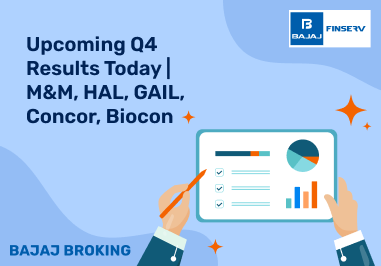
Upcoming Q4 Results Today | M&M, HAL, GAIL, Concor, Biocon
16 May, 2024 | 3 Min. read
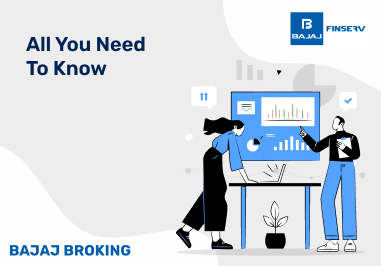
Coal India & NMDC Explore Lithium Mines in Chile and Australia
16 May, 2024 | 2 Min. read

Centre Slashes Windfall Tax on Crude from ₹8,200 to ₹5,700/MT
16 May, 2024 | 2 Min. read

Thermax Eyes Green Hydrogen as Key Investment Segment
16 May, 2024 | 2 Min. read

Mastering Indian Intraday Trading: Strategies & Tips
16 May, 2024 | 5 Min. read

Understanding Insider Trading: SEBI Regulations, Reasons, and Punishments
16 May, 2024 | 5 Min. read

Best Real Estate Stocks in India
16 May, 2024 | 5 Min. read

Discover Best Stocks Under Rs. 100
16 May, 2024 | 4 Min. read

Mastering Stock Market Trends: Understanding and Applying Trend Analysis Technique
16 May, 2024 | 4 Min. read
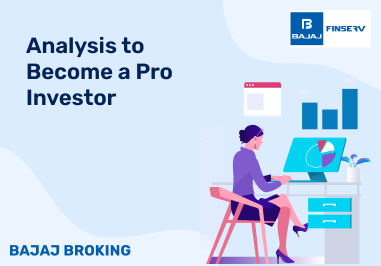
Analysis to Become a Pro Investor
28 Dec, 2023 | 4 Min. read

Women In Real Estate Investing (Investree)
28 Dec, 2023 | 5 Min. read

How To Check Prudent Corporate Advisory IPO Allotment Status
27 Dec, 2023 | 3 Min. read

How To Boost Credit Score? – Steps to Improve Creditworthiness
27 Dec, 2023 | 4 Min. read
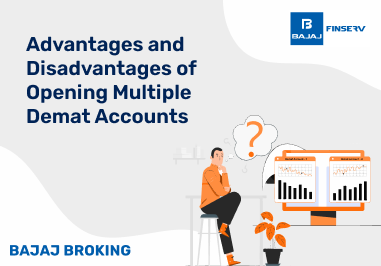
Advantages and Disadvantages of Opening Multiple Demat Accounts
26 Dec, 2023 | 4 Min. read

7th CPC LTC: Leave Travel Concession Rules for Central Government Employees
26 Dec, 2023 | 4 Min. read
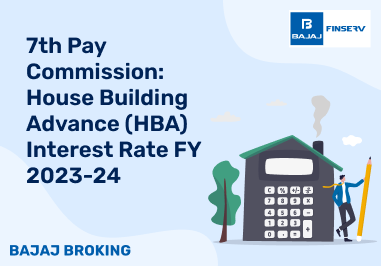
7th Pay Commission: House Building Advance (HBA) Interest Rate FY 2023-24
26 Dec, 2023 | 5 Min. read

The Future of Trading: Exploring Bajaj Broking’s Demat Features
26 Dec, 2023 | 6 Min. read
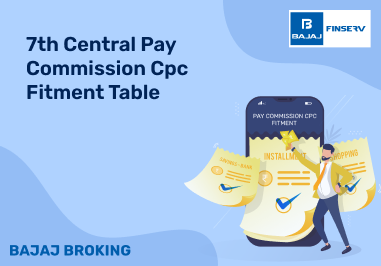
7th Central Pay Commission Cpc Fitment Table
23 Dec, 2023 | 7 Min. read
All Categories
- All
- Annual Results
- Authorised Person
- Bonds
- Calculators
- Commodities
- Commodities Market Today
- Company Overview
- Demat Account
- Derivatives
- Global Market
- Global Market And News
- Gold Rate Today Updates
- Group Companies
- How To's
- IPO
- IPO Allotment Status
- Indices
- Intraday Trading
- MTF
- Must Reads
- Mutual Funds
- Nifty 50
- Personal Finance
- Q4 Results
- Quarterly Results
- Refer and Earn
- Sectoral Blogs
- Share Market
- Share Market News
- Share Market Updates
- Stock Market News
- Taxes
- Technical Analysis
- Top Gainers And Losers
- Trading Account
- US Stock Market
- YouTube Blogs
Read More Blogs
Our Secure Trading Platforms
Level up your stock market experience: Download the Bajaj Broking App for effortless investing and trading



